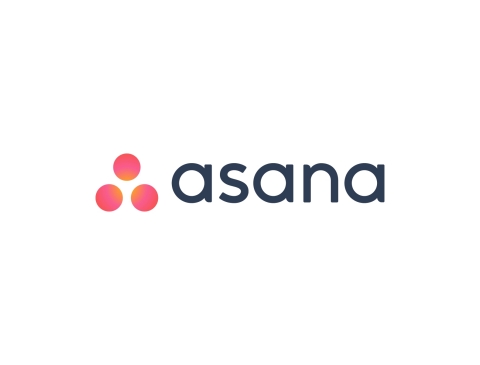SAN FRANCISCO--(BUSINESS WIRE)--Asana, a leading work management platform for teams, today released findings from the Anatomy of Work: Remote Teams survey delivering insights into how global employees have adapted to new remote work protocols.
The Anatomy of Work: Remote Teams evaluates the behaviors and attitudes of 5,140 full-time employees currently working from home in Australia, Germany, Japan, the U.K., and the U.S. Conducted by Censuswide from April 6 through April 15, 2020, the findings underscore the impacts of remote work for employees, from the tools they use to their shifting schedules.
Anatomy of Work: Remote Teams Key Findings
-
Nearly two-thirds (62%) of full-time knowledge workers have increased their use of collaboration tools since working from home.
- Just under one in five employees (19%) are using these tools for the first time.
- 30% of employees using a work management platform feel more supported by their manager versus 17% not using a work management platform.
- 55% of employees using a work management platform say their productivity has increased versus 35% not using a work management platform.
- The rapid transition to working from home was challenging for many employees with over half (53%) lacking a dedicated desk, PC/laptop or reliable internet connection.
-
Nearly 60% of global employees are working different hours since shifting to remote work:
- 53% are taking more breaks throughout the day
- 32% are starting their working day earlier
- 28% are working later in the evening
“Organizations around the world are adapting to new ways of working together while being physically apart. Many teams are navigating the unique challenges related to the rapid move to remote work protocols, in some cases for the first time,” said Dustin Moskovitz, CEO of Asana. “Teams need confidence and clarity in their work, and platforms that foster collaboration are essential ways teams are staying aligned, organized and connected so they can continue working towards their most important goals. It goes without saying that this shared experience will serve as a catalyst to bring teams closer together.”
Additional findings highlight the geographical differences in the current global environment:
- Almost one-quarter (24%) of U.S. employees are using collaboration tools for the first time, compared to the global average of 19%.
- 85% of workers in the U.K. with school-aged children are balancing childcare and full-time work - the highest of all surveyed countries.
- While 80% of Australian employees miss the social side of work, 76% say their manager has been more supportive than ever.
- Only 29% of German employees have maintained their former work schedule with nearly 40% working later in the evening, compared to the global average of 28%.
- 43% of Japanese respondents are having fewer meetings - the highest across all surveyed countries.
-
Around the world, the top three challenges of remote work are:
- Staying motivated
- Stress about the current economic and health crisis
- An inability to switch off and disconnect
To learn more about how Asana helps teams stay organized and connected while working remotely, including webinars, practical tips and advice, and community conversations on how to set teams up for success, visit asana.com.
Report Methodology
The Anatomy of Work: Remote Teams was conducted on behalf of Asana by Censuswide. The survey of 5,140 knowledge workers from Australia, Germany, Japan, the U.K., and the U.S. was conducted from April 6 - 15, 2020 to assess the changes in working behaviors and attitudes of full-time, remote workers. In this study, collaboration tools are defined by work management platforms, messaging apps, and video conferencing.
About Asana
Asana helps teams orchestrate their work, from small projects to strategic initiatives. Headquartered in San Francisco, CA, Asana has more than 75,000 paying organizations and millions of free organizations across 195 countries. Global customers such as AllBirds, Comcast, CyberAgent, Far East Organization, Sephora, Sky, Spotify, Viessmann and Woolworths rely on Asana to manage everything from company objectives to digital transformation to product launches and marketing campaigns.




